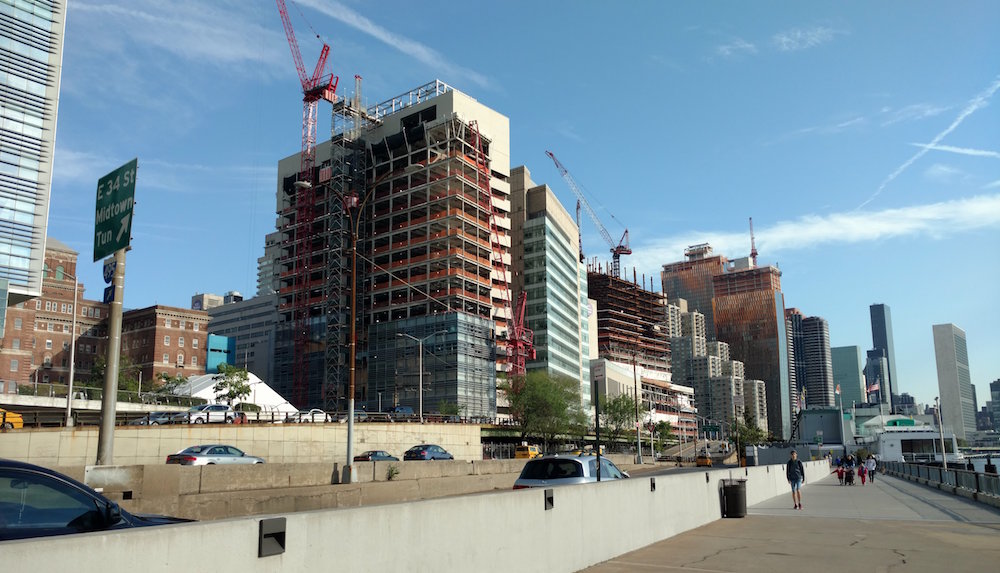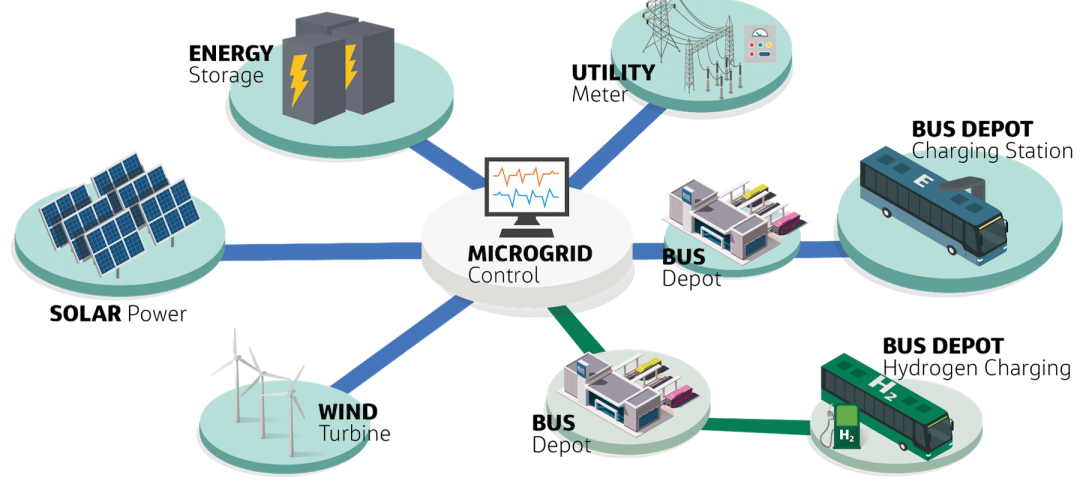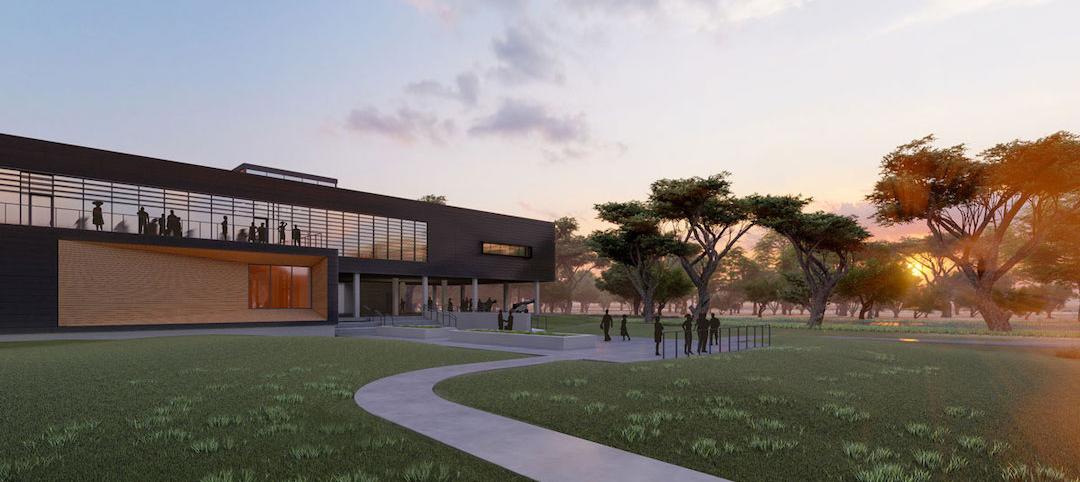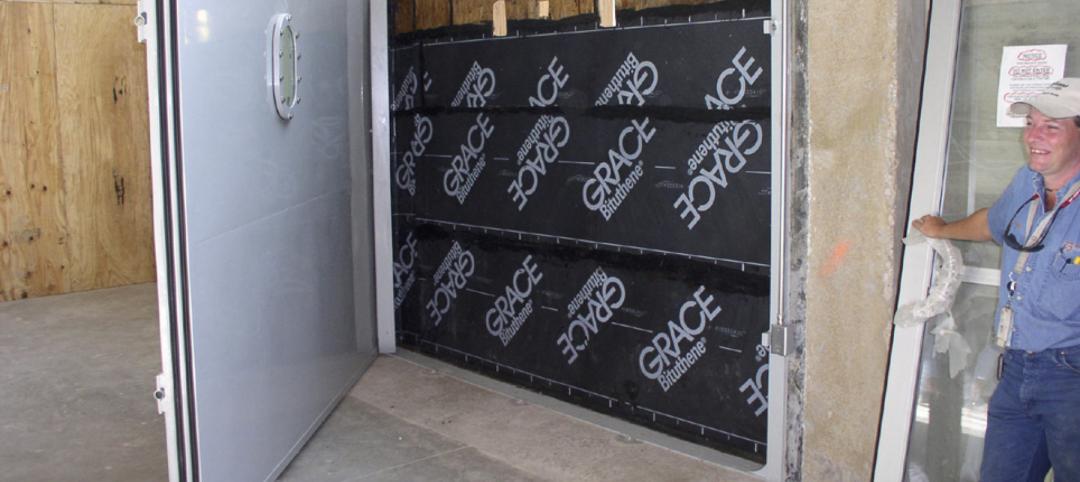The American Institute of Architects (AIA), National Institute of Building Sciences (NIBS) and 38 other leaders of America’s design and construction industry, released a report this week on progress made on the resilience front since the Resilience Building Coalition announced the Building Industry Statement on Resilience two years ago.
The Resilience Building Coalition also released a set of guiding principles to help the building industry adopt resilient design and policies. These include developing and advocating for codes and policies that advance resilience; developing “whole-systems resilient design” approaches for the built environment; and providing guidance, beyond the baseline life-safety codes, that recognizes the importance of fortifying property for individual and community resilience. Since the initial signing, the Coalition has added 19 new signatories, listed below.
The report includes results from a survey of signatories about how their work has been impacted by the Building Industry Statement on Resilience. Among the survey’s major findings:
- A majority of signatories report that they have “become more aware of their unique role in achieving resilience” since committing to the statement, which has clearly catalyzed the integration of resilience goals into existing organizational frameworks.
- Almost 30% of respondents have seen an increase in resilience as a priority within their organizations.
- More than two-thirds of respondents listed high-performance buildings as an initiative they were most interested in advancing.
- More than half of the responding signatories have used the Statement to “advance their organizational mission statement/values,” as well as “provide support and/or validation for moving forward on organization initiatives.” This shift in organizational priorities has led to concrete action.
- Respondents reported more than 40 initiatives they have begun that support the resilience focus areas committed to in the Statement.
The report is an outgrowth of a landmark agreement made in May 2014, in which leaders of America’s design and construction industry agreed to promote resilience in contemporary planning, building materials, design, construction and operational techniques as the solution for making the nation’s aging infrastructure more safe and secure.
“Resilient design places architects at the center of the solution, with particular emphasis on the private, non-governmental sectors," said American Institute of Architects CEO Robert Ivy, FAIA. “I would like to congratulate my fellow leaders in the design and construction sector for joining together to make sure resiliency is not viewed as just a fad but remains front and center in our efforts moving forward.”
The list of organizations that have signed the joint statement on resilience is as follows (new organizations are marked with an asterisk):
- The Air Barrier Association of America*
- American Council of Engineering Companies
- American Institute of Architects
- American Planning Association
- American Society of Civil Engineers
- American Society of Interior Designers
- American Society of Landscape Architects
- American Society of Plumbing Engineers
- American Wood Council*
- ASHRAE
- Associated Builders and Contractors
- Associated General Contractors of America
- BuildStrong Coalition*
- Building Owners and Managers Association
- Congress for New Urbanism*
- Concrete Reinforcing Steel Institute*
- Construction Specifications Institute*
- EcoDistricts*
- Federal Alliance for Safe Homes*
- Green Building Initiative*
- Illuminating Engineering Society*
- Insurance Institute for Business & Home Safety*
- International Association of Plumbing and Mechanical Officials*
- International Code Council
- International Facility Management Association
- International Interior Design Association
- Lean Construction Institute
- National Association of Home Builders
- National Association of Mutual Insurance Companies*
- National Concrete Masonry Association*
- National Fire Protection Association*
- National Institute of Building Sciences
- National Insulation Association*
- National Ready Mixed Concrete Association*
- National Society of Professional Engineers
- Portland Cement Association*
- Royal Institution of Chartered Surveyors
- US Green Building Council
- U.S. Resiliency Council*
- Urban Land Institute
Related Stories
Codes and Standards | Feb 21, 2022
More bad news on sea level rise for U.S. coastal areas
A new government report predicts sea levels in the U.S. of 10 to 12 inches higher by 2050, with some major cities on the East and Gulf coasts experiencing damaging floods even on sunny days.
Resiliency | Feb 15, 2022
Design strategies for resilient buildings
LEO A DALY's National Director of Engineering Kim Cowman takes a building-level look at resilient design.
Sponsored | Steel Buildings | Jan 25, 2022
Multifamily + Hospitality: Benefits of building in long-span composite floor systems
Long-span composite floor systems provide unique advantages in the construction of multi-family and hospitality facilities. This introductory course explains what composite deck is, how it works, what typical composite deck profiles look like and provides guidelines for using composite floor systems. This is a nano unit course.
Sponsored | Reconstruction & Renovation | Jan 25, 2022
Concrete buildings: Effective solutions for restorations and major repairs
Architectural concrete as we know it today was invented in the 19th century. It reached new heights in the U.S. after World War II when mid-century modernism was in vogue, following in the footsteps of a European aesthetic that expressed structure and permanent surfaces through this exposed material. Concrete was treated as a monolithic miracle, waterproof and structurally and visually versatile.
Sponsored | Resiliency | Jan 24, 2022
Norshield Products Fortify Critical NYC Infrastructure
New York City has two very large buildings dedicated to answering the 911 calls of its five boroughs. With more than 11 million emergency calls annually, it makes perfect sense. The second of these buildings, the Public Safety Answering Center II (PSAC II) is located on a nine-acre parcel of land in the Bronx. It’s an imposing 450,000 square-foot structure—a 240-foot-wide by 240-foot-tall cube. The gleaming aluminum cube risesthe equivalent of 24 stories from behind a grassy berm, projecting the unlikely impression that it might actually be floating. Like most visually striking structures, the building has drawn as much scorn as it has admiration.
Sponsored | Resiliency | Jan 24, 2022
Blast Hazard Mitigation: Building Openings for Greater Safety and Security
Microgrid | Jan 16, 2022
Resilience is what makes microgrids attractive as back-up energy controls
Jacobs is working with clients worldwide to ensure mission critical operations can withstand unexpected emergencies.
Sponsored | BD+C University Course | Jan 12, 2022
Total steel project performance
This instructor-led video course discusses actual project scenarios where collaborative steel joist and deck design have reduced total-project costs. In an era when incomplete structural drawings are a growing concern for our industry, the course reveals hidden costs and risks that can be avoided.
Resiliency | Oct 19, 2021
Achieving resiliency through integrated design
Planning for and responding to the effects of adverse shocks and stresses is typically what architects and engineers have always thought of as good standard design practices.
Resiliency | Aug 19, 2021
White paper outlines cost-effective flood protection approaches for building owners
A new white paper from Walter P Moore offers an in-depth review of the flood protection process and proven approaches.

















